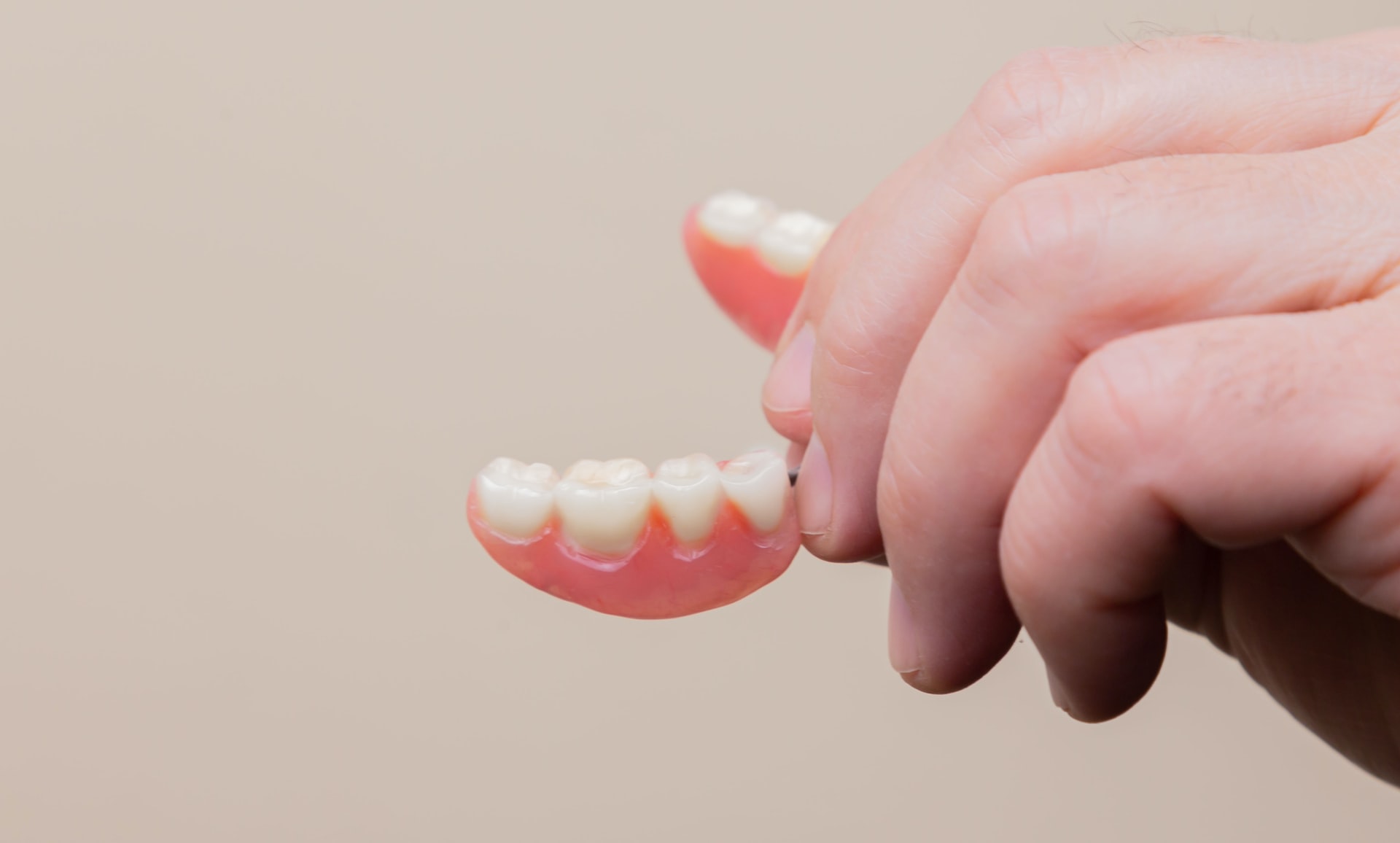Frenectomy
Frenectomy is a dental term used to mean surgical removal of the frenum (which is connective tissue) that attaches your lips, cheeks and tongue to your muscles or bone. In certain circumstances the frenum has an abormal position or is too thick. They can cause limited movement to the lip or tongue during communication, trauma when cleaning or eating or teeth misalignment.

Tongue Tie
The tongue frenum (known as lingual frenum) is attached at the base of your tongue. A proment lingual frenum can attach at the tip of the tongue causing limited movement impacting speech and healthy dental development. A lingual frenectomy is carried out to release the tongue to improve mobility, speech and normal dental development.
Frenectomy in Orthodontics
An abnormal frenum may be attached and extend above the gums, causing the gums to recede and irregular teeth spacing to develop. Commonly seen between the two top front teeth, a prominent frenum or labial frenum may be removed through labial frenectomy before orthodontic treatment.
The Process
Prior to carrying out frenectomy you will require a consultation to assess the frenum. All questions will be answered at the consultation and we will discuss with you the risks and benefits of carrying out the procedure along with timings and final costs.
On the day of surgery, the procedure will be carried out under local anaesthetic or sedation for greater relaxation. The procedure can be carried out using lasers or traditional scalpels. Each case is unique to the individual and you will be advised what is best for you. The procedure should not take longer than 30 minutes and recovery will be within a fortnight.